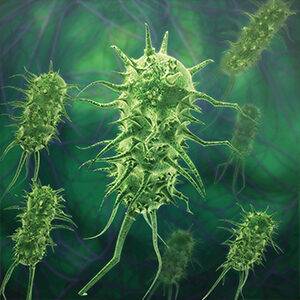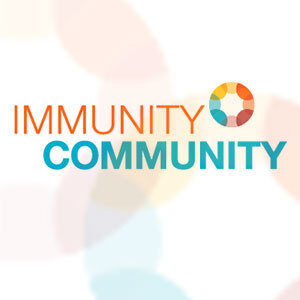What is shingles?
Shingles, also known as herpes zoster, is a disease caused by the varicella-zoster virus. This virus also causes the common childhood disease chickenpox. After a person has chickenpox, the varicella-zoster virus lies dormant in their nerves. For unknown reasons, the virus may reactivate later in life and shingles will appear.
Who gets shingles?
Anyone who has had chickenpox can get shingles. Shingles is more common in persons with depressed immune systems and in persons over the age of 50, but it can also occur in children. Typically, the symptoms in children are milder than in adults. People with weakened immune systems may have more severe disease.
How is shingles spread?
Adults and children with shingles are contagious and can transmit the varicella-zoster virus to people who have not had chickenpox or been vaccinated against it.
Direct contact with the rash or broken blisters can transmit the virus, so the rash should be completely covered with a bandage until it crusts over. If the rash cannot be covered, the ill person should stay at home until it crusts over. Children and adults who have not had chickenpox should avoid direct contact with shingle lesions.
What are the symptoms of the shingles?
Shingles typically starts with a burning sensation in a patch of skin, followed by a cluster of small red bumps. This rash will change to painful fluid-filled blisters, which eventually dry and crust over. The rash usually goes away in one to two weeks, but pain may continue for a prolonged period of time. Shingles typically follows the path of a single nerve and occurs on one side of the body. The blisters are commonly found on the torso and buttocks, but shingles may appear on the arms, legs, or face.
How are shingles diagnosed and treated?
Healthcare providers diagnose shingles through physical examination, gentle skin scrapings, and/or blood tests, since shingles sometimes resembles other skin conditions. Your healthcare provider will determine whether or not to use medication (an antiviral) to treat shingles. Immediately consult a healthcare provider if the rash involves the eyes, gets red and drains pus, becomes very itchy and extremely painful, or if the rash lasts more than two weeks.
What are the complications from shingles?
The most common complication from shingles is prolonged pain in the area of the rash that is called post-herpetic neuralgia (PHN). The risk of shingles and PHN increase with advanced age. For some people, the pain of PHN can last for months or even years after the rash goes away.
Is there a vaccine for shingles?
Two vaccines are licensed and recommended to prevent shingles in the United States. Zoster vaccine live (ZVL, Zostavax) has been in use since 2006. Recombinant zoster vaccine (RZV, Shingrix), has been in use since 2017 and is recommended by ACIP as the preferred shingles vaccine. Vaccine for shingles is recommended for adults age 50 and older.

Communicable Disease Investigation & Prevention (CDIP)
Epidemiologists monitor, track, and respond to infectious disease in the community to prevent spread of illness.


